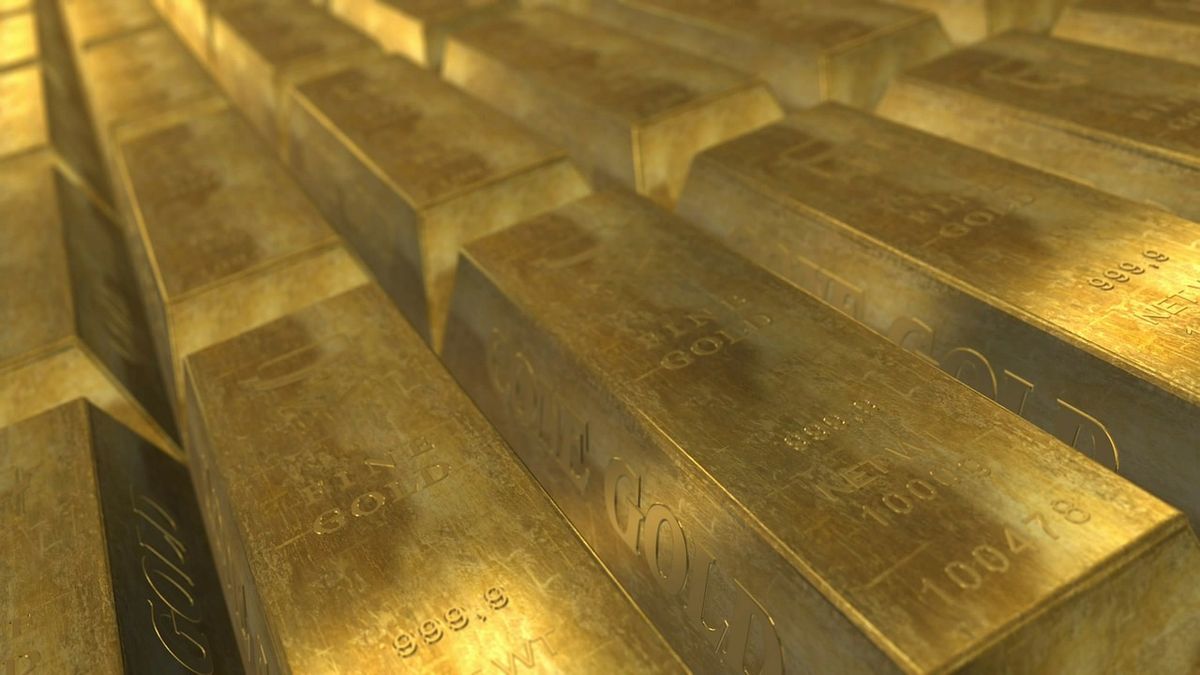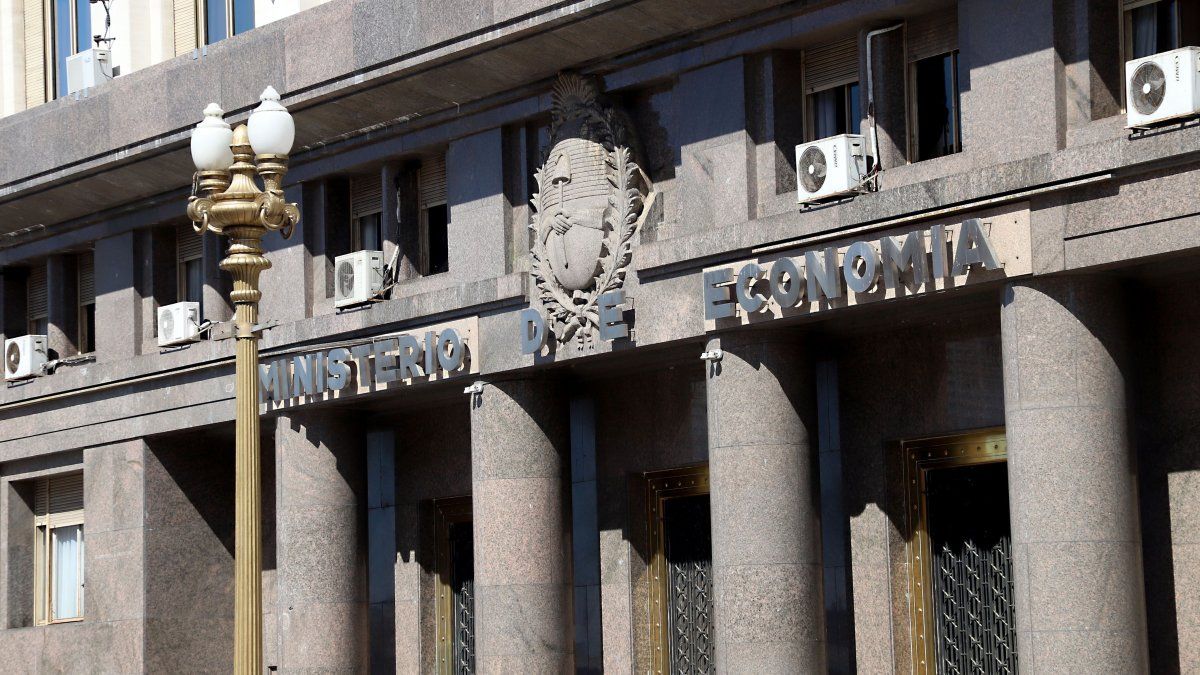Investors are keeping an eye on the Federal Reserve’s two-day monetary policy meeting, which begins on Tuesday. It is expected that the Fed tighten monetary policy at a much faster pace than was thought a month ago to rein in persistently high inflation. “I don’t expect (the Fed) to have a significant impact on what gold prices are doing right now because markets are more concerned about what’s going on in Eastern Europe,” said Michael Hewson of CMC Markets UK. “Markets have already priced in a hike in March, so I don’t think there will be any surprises.”
Rising interest rates increase the opportunity cost of holding bullion, which does not earn interest. The yield on 10-year Treasury bills was trading at a one-week low, supporting gold. The US State Department has ordered relatives of its diplomats to leave Ukraine, while US President Joe Biden weighs options to counter the Russian troop buildup in Ukraine.
In other precious metals, Spot silver was down 0.4% at $24.12 an ounce; platinum was stable at $1,029.53; and palladium was up 0.2% at $2,111.11, holding close to a two-month high hit in the last session.
volatile markets
In the midst of the escalation of the conflict between Russia and Ukraine, the markets start with sharp falls in anticipation of what may happen in the geopolitical scenario but also in the economic one, since a FED meeting is expected that would confirm the tightening of monetary policy.
“Investors have been very attentive for days to what may happen in Ukraine, with some of them opting to reduce positions in case Russia finally opts for conflict. In the next few days we may be able to clear up any doubts”, say experts from Link Securities with Investing.
In this sense, Bankinter analysts consider 3 possible scenarios:
- Good scenario: pacification through diplomacy. Rebound of the stock markets, although its vigor would be conditioned to what the Fed says on Wednesday.
- Bad scenario: “light invasion”, from the east and south, but without isolating the 3 Baltic republics from Poland through an invasion from Belarus to connect Kaliningrad with the rest of Russia. Depending on the extent of the damage and how long it takes for the situation to stabilize (i.e., end of military action), how brief or prolonged stock market declines will be.
- Terrible scenario: the degree of invasion of the “bad scenario”, plus the aforementioned isolation of the 3 Baltic republics, which would mean an act of war against NATO with uncertain consequences. This is the least likely scenario and the only one that would force us to make a complete change in our investment strategy.
“If the ‘good scenario’ plays out, the Fed will most likely maintain its current approach, but gradually move towards less aggressiveness in relation to reducing its balance sheet. In that case our investment strategy would remain intact. However, if the ‘bad scenario’ were to take place, the stock markets -and especially technology- would suffer until the situation stabilized (end of the military action)”, Bankinter highlights.
“The Fed would probably postpone any tightening (slower tapering, later rate hikes, and no allusion to its balance sheet), as would the Bank of England (BoE), which would no longer raise rates on February 3, as now discounted. In that case, it would be very likely that we would somewhat reduce our recommended exposure levels by risk profiles (25% Defensive/35% Conservative/50% Moderate/65% Dynamic/80% Aggressive), as well as the weight of the technology, although the depth of our movements would depend on how the situation evolved in detail”, these analysts conclude.
Source From: Ambito
David William is a talented author who has made a name for himself in the world of writing. He is a professional author who writes on a wide range of topics, from general interest to opinion news. David is currently working as a writer at 24 hours worlds where he brings his unique perspective and in-depth research to his articles, making them both informative and engaging.




